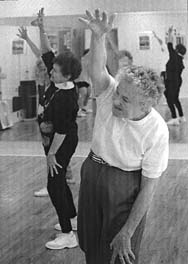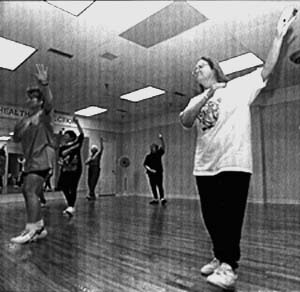A pilot study
by Dr. Susan Allen,
an M.U. researcher,
has found
preliminary evidence
that might leave
rheumatoid arthritis
sufferers ...
Reaching for
Healthy Bones

A pilot study by Dr. Susan Allen, an M.U. researcher, has found preliminary evidence that might leave rheumatoid arthritis sufferers ... Reaching for |
 |



